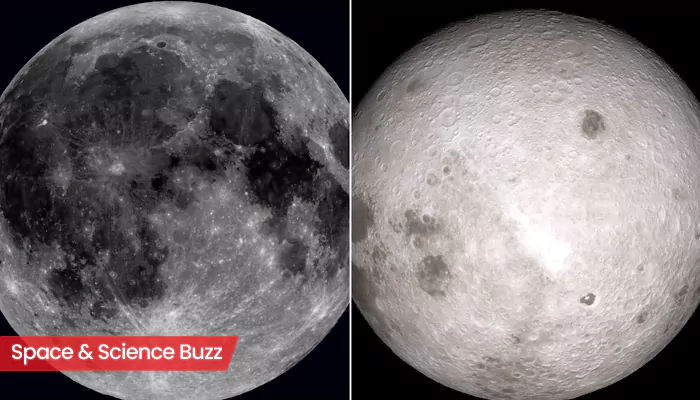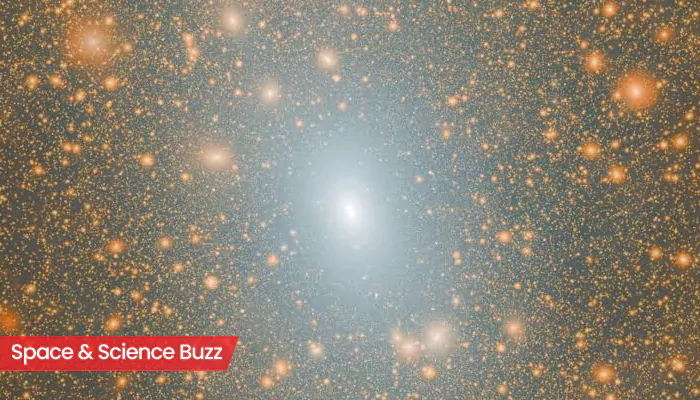
Here are today’s most important updates from the realm of Science and Space.
ISRO all set to carry out first space docking experiment on January 7
On 7 January, the Indian Space Research Organisation (ISRO) is slated to conduct a key experiment, SpaDeX, which would highlight its indigenous in-space docking and undocking technology, and further make way for future Indian space missions, including satellite servicing, space station operations, and more. “In-space docking technology is essential when multiple rocket launches are required to achieve common mission objectives. Through this mission, India is marching towards becoming the fourth country in the world to have space docking technology,” ISRO confirmed. With the latest successful docking demonstration, India would soon join the list of the US, Russia, the European Union and China, to have performed docking missions.
Study reveals Mars could have had ancient groundwater system

According to a new study published in Earth and Planetary Science Letters, the variations in Mars’ crustal thickness during its ancient history might have an influence on the planet's geological and hydrological evolution. The research suggests that the thick southern highlands crust of the Red Planet has played a crucial role in generating granitic magmas, and supported vast underground aquifers.
Venus shines bright above moon in rare night sky event; stargazers stunned
Look to the south west after sunset tonight & you'll see a beautiful sight: Venus and the Moon shining very close together in the twilight. The pair will look gorgeous to the naked eye, but if you have a pair of binoculars handy they'll look even more striking through those! pic.twitter.com/UJCxWIIpGN
— Stuart Atkinson (@mars_stu) January 3, 2025
Venus, which is the brightest planet in the night sky, showed off a breathtaking display as it appeared close to the Moon. The recent rare cosmic event was visible from parts of the UK and several cities in India as well, including Delhi. The celestial duo captivated stargazers worldwide, and they soon captured and shared the magical sight on social media.
Researchers find 100 dinosaur footprints dating back 166 million years

Researchers have finally found hundreds of dinosaur footprints dating back 166 million years, and they were discovered in a quarry in Oxfordshire, southern England. It all started when a worker noticed "unusual bumps" while stripping clay, and it led to an excavation of five extensive trackways. While four of the trackways belonged to a long-necked herbivorous dinosaur, the fifth trackway likely belongs to a carnivorous megalosaurus.

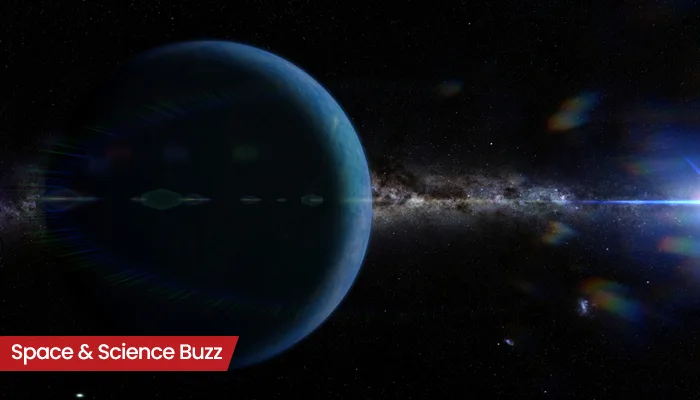
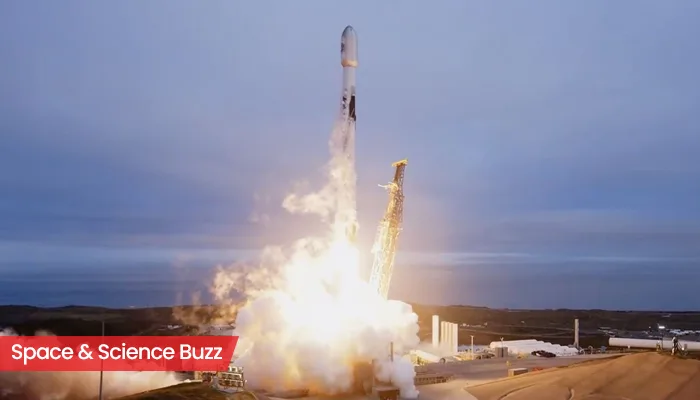

.webp)
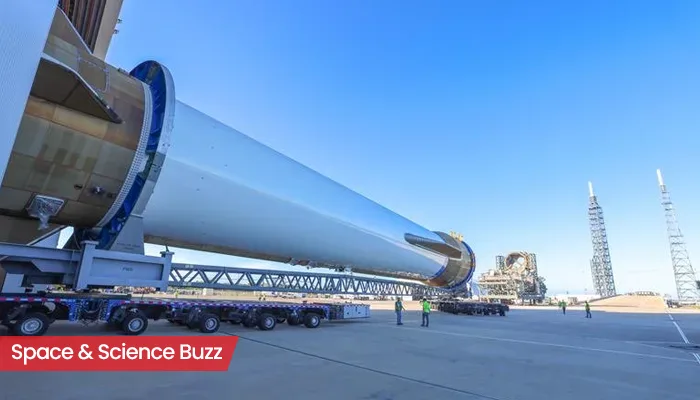
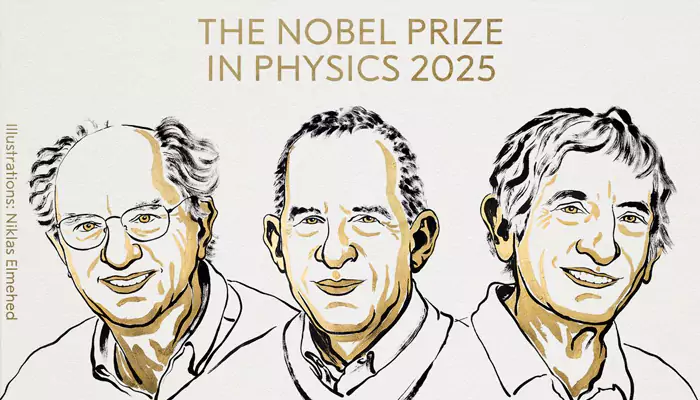
.webp)
.webp)
